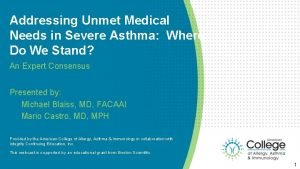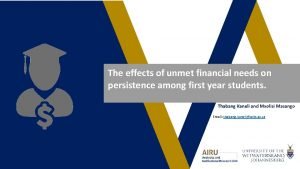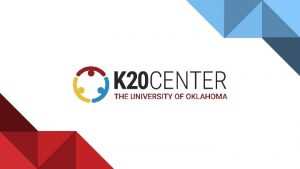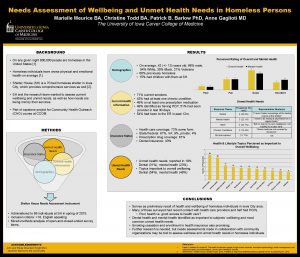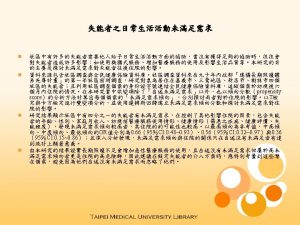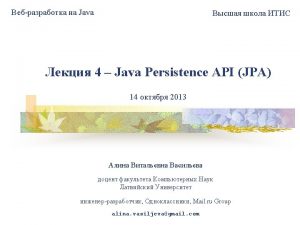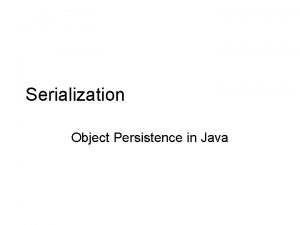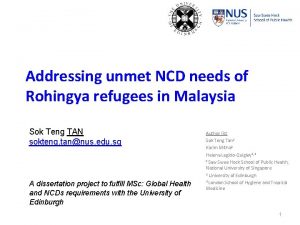The effects of unmet financial needs on persistence



















- Slides: 19

The effects of unmet financial needs on persistence among first year students. Thabang Kaneli and Mxolisi Masango Email: thabang. kaneli@wits. ac. za

Table of Contents 1 4 INTRODUCTION 2 METHODOLOGY 3 FINDINGS CONCLUSION

1 4 INTRODUCTION 2 METHODOLOGY 3 FINDINGS CONCLUSION

Background • The South African higher education subscribes to a funding framework which distributes the cost of fees between the government and the students. • The percentage of students with financial muscle have increased while the percentage of those who need financial aid has increased. • The percentage of first year students dependent on NSFAS increased from 16% in 2016 to 46% in 2019. • While funding from the state has increased it does not match the demand for student financial aid; there are still funding short-falls and the lack of funding continues to be a barrier to accessing higher education.

Literature According to Tinto’s model of student attrition, family background, skills and abilities and prior schooling are the factors which contribute to the students ability to persist (Schreiber et al, 2014). Studies conducted in the USA which looked at persistence of students who received financial aid in comparison to those who did not have had conflicting findings (Brescian and Carson, 2004; Choitz and Reimherr, 2013). A study conducted in the UWC found that many of the students who left the institution prematurely were doing so because they would not afford to stay there (Leketsa et al, 2010).

Issues created by funding shortfalls Traveling long distances Having to work part-time Homelessness Food insecurity

Aim To ascertain whether unmet financial aid need is associated with low persistence among first year students. Definition of terms Ø The unmet need for financial aid is considered to be the money that the student has to pay out of pocket after financial aid has not been granted. Ø Persistence, also known as student retention, is defined as the number of students who enroll in a study programme and are actively engaged in teaching and learning without discontinuing their studies in that year and proceed to the following year at the same institution (Sondlo, 2013).

1 4 INTRODUCTION 2 METHODOLOGY 3 FINDINGS CONCLUSION

Data Sample size Analysis plan Biographical Questionnaire 2018 Student Financial data Student Enrolment data 2054 First time first year students who indicated they would be relying on NSFAS for tuition payment • A descriptive analysis • Bivariate hypothesis testing • A logistic regression model

1 4 INTRODUCTION 2 METHODOLOGY 3 FINDINGS CONCLUSION

FINANCIAL NEED Unmet Financial Need NSFAS Reliant N=317 N=2054 15% 40% PERSISTENCE Financial Need Met N=1737 87% 88% 47%

WHO ARE THERE STUDENTS? RACE BLACK= 86% GENDER 55% 45%

SECONDARY SCHOOL BACKGROUND School Quintile Rural Urban RURAL = 26% Library access No Access = 38% Q 1 -3 = 45% Computer Use No Computer use = 27%

UNIVERSITY INFORMATION Accommodation First generation status Mode of transport Off Campus Private= First gen = 63% 41% Distance travelled More than 30 KM= 17% University Residence= 32% Intention to work Intending to work= 28% Public transport = 47% Working hours More than 15 hrs. = 9%

Outcome variable Predictor variables Odds Ratios Financial need Persistence Gender Quintile 0. 14 ( Need unmet) P-value < 0. 05 0. 49 (Males) 1. 59 (4 -5) 2. 49 (Int/Pvt)

1 4 INTRODUCTION 2 METHODOLOGY 3 FINDINGS CONCLUSION

Conclusion 1 2 Student who are more likely to have an unmet financial need Black, male, first generation, from lower quintile school. Students with an unmet need financial are 86% less likely to persist

Recommendation 1 • Provide alternate funding opportunities • Provided additional support such as food, computer skills and academic interventions Future studies 1 • Students who did not get funding yet still came back to the institution • Students who needed accommodation Future studies 2 Academic performance and completion of students with unmet financial need

Thank you
 Unmet needs in severe asthma
Unmet needs in severe asthma Unmet financial need
Unmet financial need Primary needs and secondary needs
Primary needs and secondary needs Define need analysis
Define need analysis Satisfaction
Satisfaction Primary needs and secondary needs
Primary needs and secondary needs Strategic gender needs and practical gender needs
Strategic gender needs and practical gender needs Atrifin
Atrifin Financial needs and wants
Financial needs and wants Needs vs wants financial literacy
Needs vs wants financial literacy điện thế nghỉ
điện thế nghỉ Nguyên nhân của sự mỏi cơ sinh 8
Nguyên nhân của sự mỏi cơ sinh 8 Một số thể thơ truyền thống
Một số thể thơ truyền thống Trời xanh đây là của chúng ta thể thơ
Trời xanh đây là của chúng ta thể thơ Thiếu nhi thế giới liên hoan
Thiếu nhi thế giới liên hoan Các số nguyên tố
Các số nguyên tố Tỉ lệ cơ thể trẻ em
Tỉ lệ cơ thể trẻ em Phối cảnh
Phối cảnh Các châu lục và đại dương trên thế giới
Các châu lục và đại dương trên thế giới Thế nào là hệ số cao nhất
Thế nào là hệ số cao nhất
